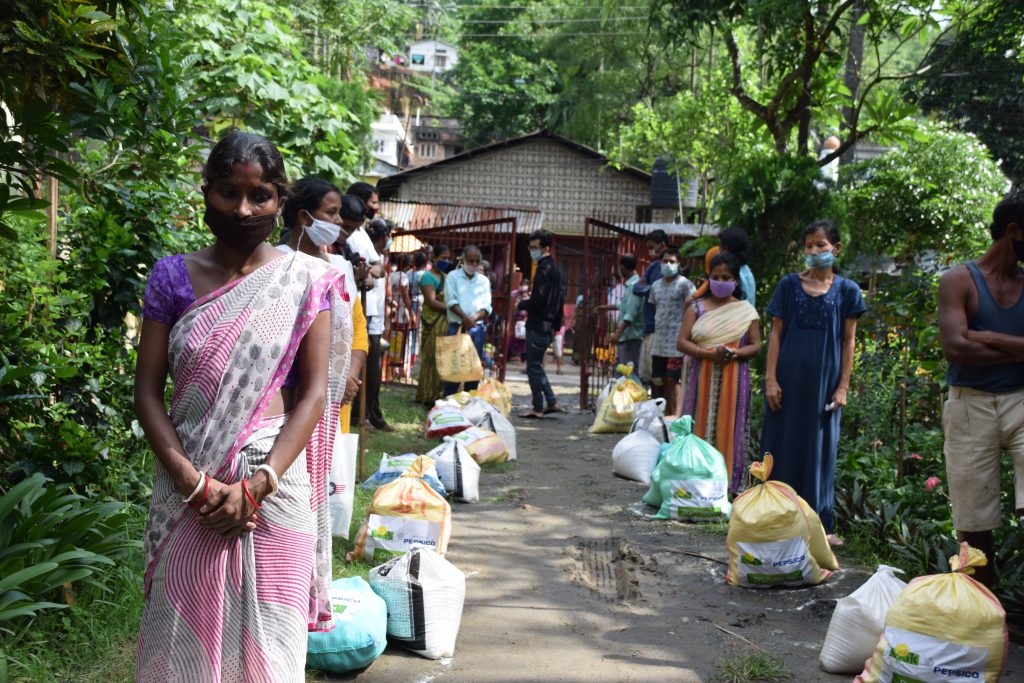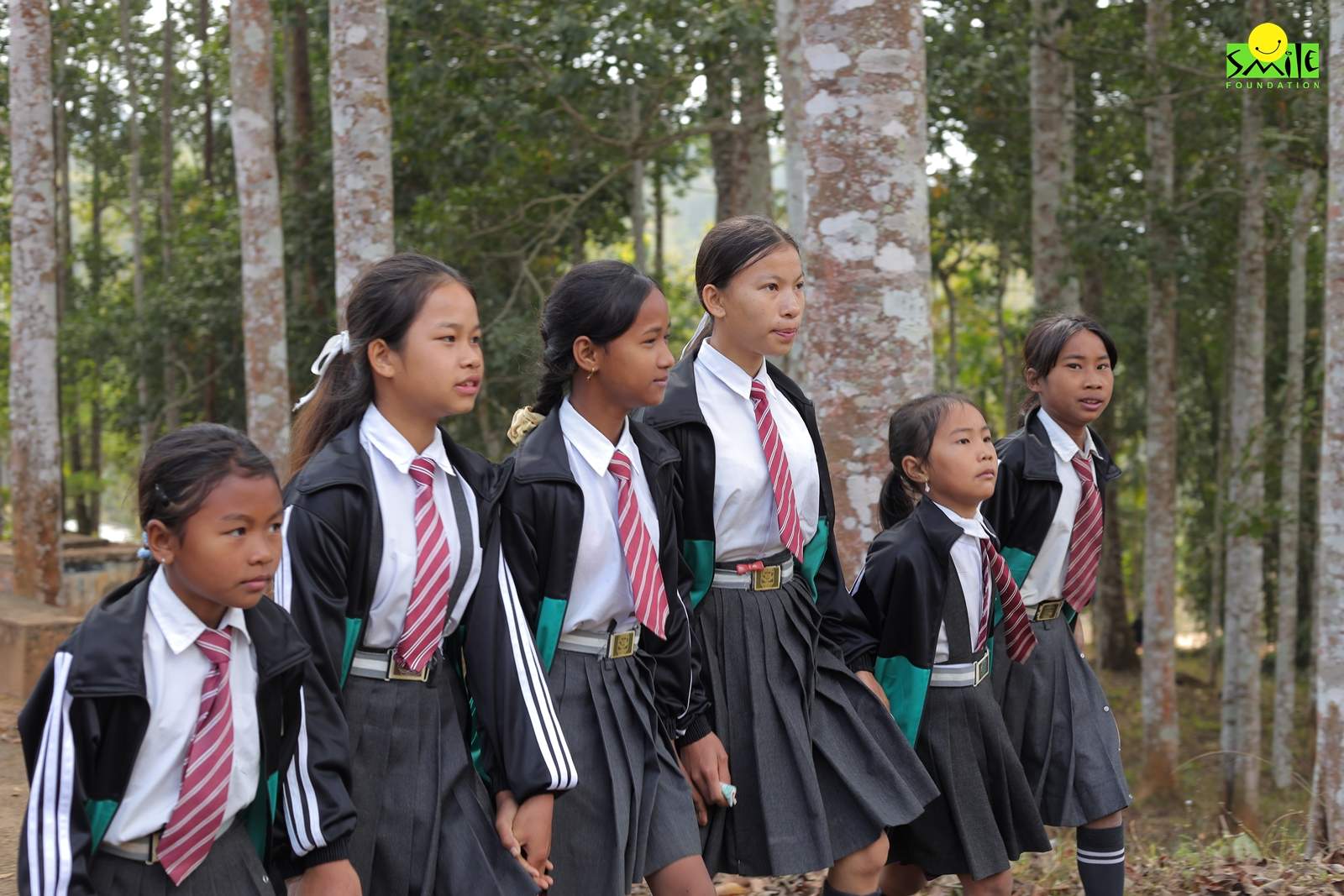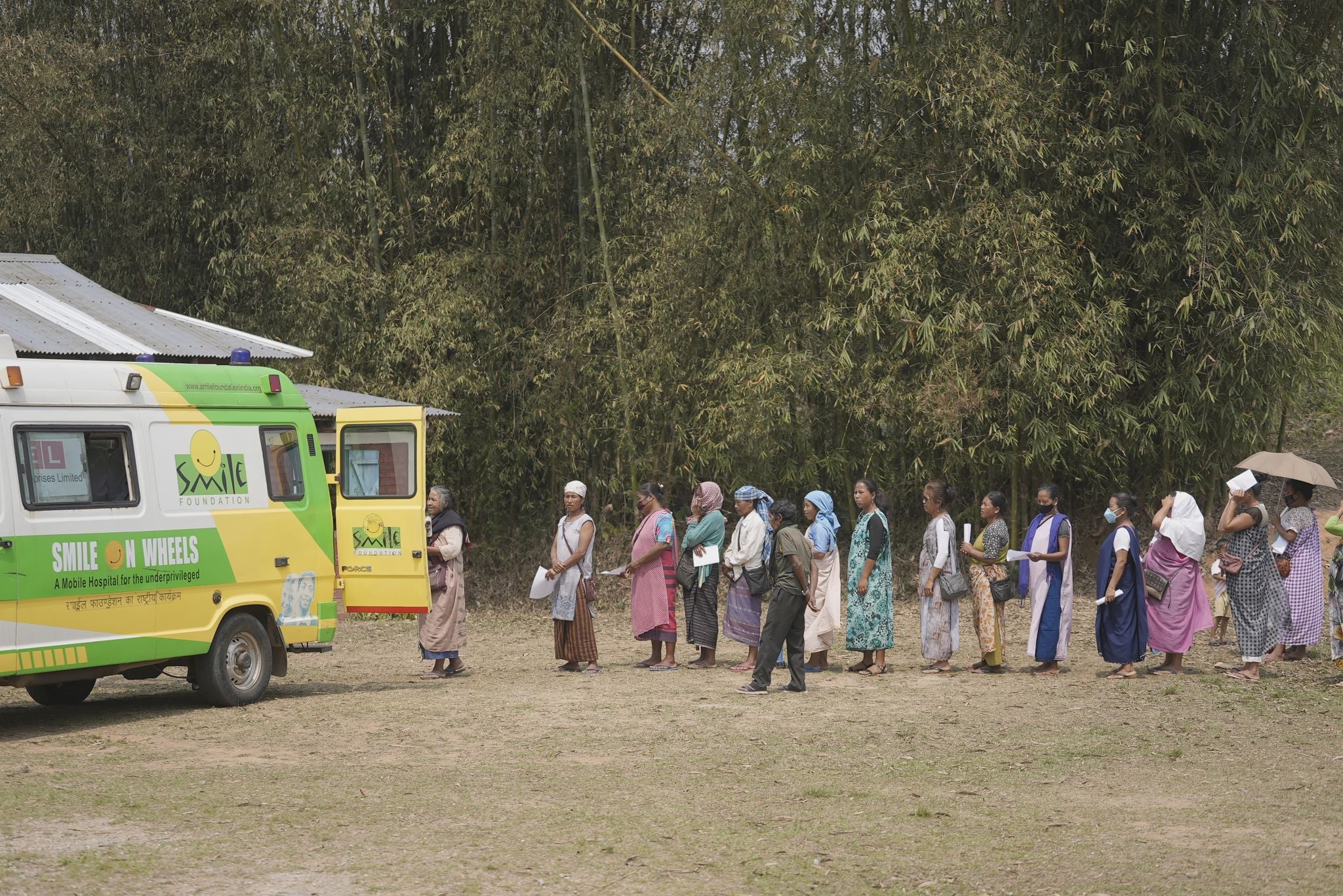When we hear about inequality among people, the gender gap immediately comes to our minds. It is one of the biggest challenges faced by our modern society apart from economic inequality. There are many ways in which the gender gap or gender inequality impacts women. Whether it is access to education or career opportunities, women face hurdles in many ways. Gender bias in health and nutrition also needs some attention.
This is primarily attributed to the social ills that exist in our society. However, one aspect of gender inequality which is often overlooked is the impact that it has on nutrition. Gender bias in health and nutrition is a challenge that is faced by the majority of the population in the world.
Gender bias is when a particular gender is given preference over the other. As per a 2020 report by the United Nations, close to 90% of people had some kind of bias against women. This bias is reflected in the nutritional intake of women.
In traditional societies around the world, including in India, women often have to compromise on their food intake. Young boys of the household are given healthier food in anticipation that they need to grow up and support the family.
Not just that, taboos associated with pregnancy and menstruation also lead to several restrictions on women’s food intake. This leads to overall nutritional deficiency among women which is much more as compared to men.
Gender Bias and Food Insecurity
As per a 2016 research paper published in the National Library of Medicine, it was found that more tribal women in India suffered from undernutrition than men. 13.6% of women suffered from severe undernutrition. Among men, the number stood at 9.6%. The same trends were observed in overall nutrition levels.
Not just that, it has also been found that globally 150 million more women face food insecurity as compared to men. Women in more than two-thirds of the countries in the world are more food insecure than men. This is strong evidence of gender bias in health.
Gender bias in health and nutrition is also observed in India just like the rest of the world. Research has found that gender bias in health exists in many states of India. This has been measured using BMI index, malnourishment, adult food consumption, and much more.
Female Malnutrition in India
A similar trend of female malnutrition in India and gender bias in health is observed through other metrics as well. Child mortality in India is higher among girls than boys. This contrasts with the rest of the world.
The effects of malnutrition on girls are more severe in India as compared to boys. The girl child malnutrition in India is also a result of the food intake of adult women in households. India has the highest number of undernourished adult women among developing countries.
These undernourished women give birth to undernourished children and if it is a girl child, it leads to further undernourishment among them. Study has also found that gender bias in health and nutrition starts appearing among Indian households as the boys reach the age of 15.
Gender Bias in Health and Nutrition: The Way Forward
Women make up half of the population of the world. They have faced gender bias and have been deprived of many opportunities over centuries. As we are moving forward, we can now see positive changes happening in the society.
Today, more and more women are getting better access to education, and career opportunities, and are living a life of liberty. However, there is still a lot that is left to do to bridge the gaps that have occurred among men and women.
As we have already seen, gender bias in health and nutrition does not only impact women’s growth and development. It also has severe implications like increased mortality and generational undernourishment.
Therefore, the way forward to deal with the problem of gender bias in nutrition is to work aggressively towards solving the policy-level problems as well as eliminating social ills.
This can be achieved by a two-pronged approach. First, we need to continue spreading awareness about the severe impact of gender bias on women. At the same time, taboos related to pregnancy or menstruation need to be dealt with.
The biases that exist within the households need to be identified, acknowledged, and done away with. It needs to be understood that women need as much nutrition as men, and they need more nutrition when they are pregnant.
Having said that, we also need policy-level intervention from individual countries and the group of nations as well. When everyone comes together to ensure equal access to nutrition for both men and women, it can help in the overall growth of our society.
There are many ways to achieve this; ensuring education for women, encouraging entrepreneurship among them, working towards overall empowerment, investing in further research on the nutrition gap, and much more.
The creation of inclusive workplaces and livelihood opportunities, particularly for women and transgender persons, as well as measures to ensure financial inclusion, economic empowerment, and protection from violence, should be the main objectives of policies and programmes.
Smile Foundation and Women Empowerment
The more the number of women get empowered either through employment or entrepreneurship, the gender bias in health and nutrition will keep decreasing. Be a part of a gender-equal society today!









